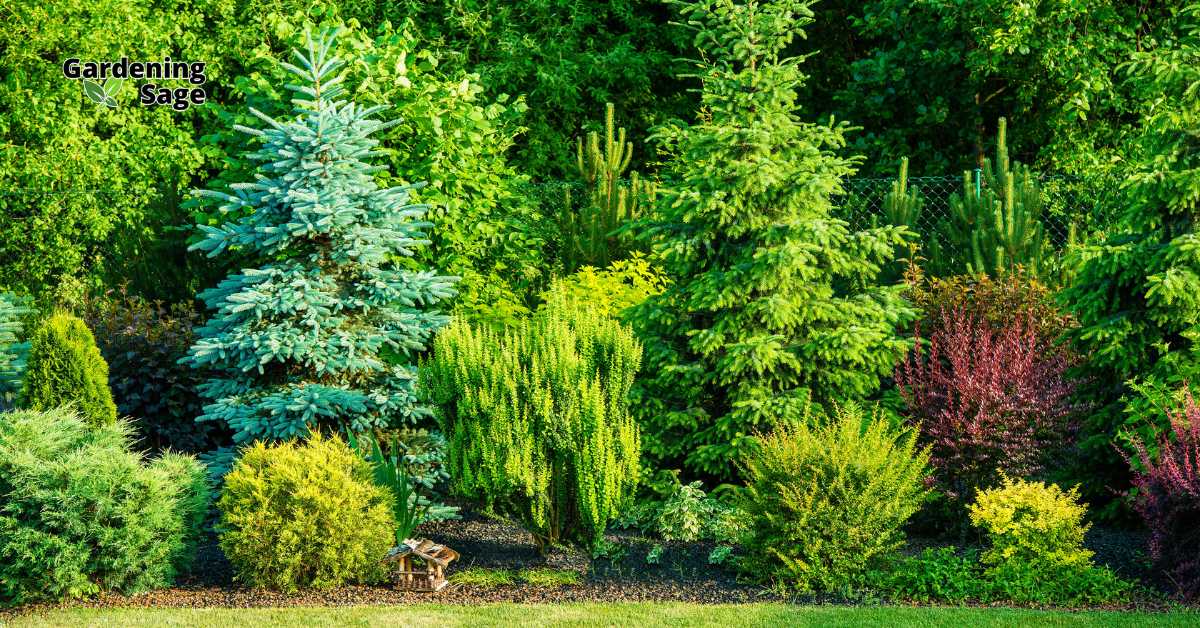Transforming your garden into a wildlife-friendly haven not only enhances the aesthetic appeal of your outdoor space but also plays a crucial role in supporting local ecosystems and biodiversity.
In urban and suburban landscapes, these gardens become vital sanctuaries for various species. This comprehensive guide will take you through the steps and strategies to create a garden that is both a beautiful retreat for you and a thriving habitat for wildlife.

The Essence of a Wildlife-Friendly Garden
A wildlife-friendly garden is more than just a collection of plants; it’s a balanced ecosystem that provides habitat, food, water, and shelter for a variety of creatures.
Such gardens contribute to local biodiversity, support pollinators, and offer an enchanting glimpse into the natural world.
Choosing Native Plants
Native plants are the cornerstone of wildlife-friendly gardening. They are well-adapted to the local climate and soil conditions, and they provide the best sources of nectar, pollen, and seeds for local wildlife.
Incorporating a diverse range of native plants will attract and support a variety of birds, butterflies, bees, and other beneficial creatures.
Designing for Diversity
To create a garden that appeals to a wide range of wildlife, incorporate a variety of plant types, including trees, shrubs, perennials, and grasses. Each type of plant offers different benefits for wildlife, such as food, nesting sites, or shelter from predators.
Providing Water Sources
All wildlife needs water to survive. Adding a water feature, such as a pond, birdbath, or even a simple water dish, can attract birds, insects, amphibians, and other wildlife.
Ensure that there are shallow areas or easy access points so that small creatures can safely use the water source.
Building Habitats and Nesting Sites
Create a variety of habitats to cater to different species. Birdhouses, bat boxes, and insect hotels are excellent for providing safe nesting sites.
Log piles, rock gardens, and dense shrubs offer ideal hiding places for small mammals, insects, and amphibians.
Embracing the Natural Life Cycle
A wildlife-friendly garden embraces the natural life cycle of plants and animals. This includes allowing plants to go to seed and leaving some leaf litter and deadwood, which provide essential food and shelter for various creatures.
Chemical-Free Gardening
To ensure your garden is safe for wildlife, avoid using chemical pesticides, herbicides, and fertilizers. These substances can be harmful to both wildlife and the environment.
Opt for organic and natural gardening practices to maintain a healthy ecosystem.
Incorporating Pollinator-Friendly Plants
Pollinators are vital to the health of ecosystems. Include a variety of flowering plants that bloom at different times throughout the year to provide a continuous food source. Plants like lavender, salvia, and echinacea are excellent choices for attracting bees and butterflies.
Understanding Wildlife Needs
Different wildlife species have different needs. Research the types of creatures native to your area and tailor your garden to suit their specific requirements.
This might include planting specific types of plants, providing certain types of shelter, or even leaving certain areas of your garden undisturbed.
Creating Sheltered Spaces
Shelter is just as important as food for wildlife. Dense plantings, hedgerows, and climbers can provide safe spaces for birds and small mammals. Ground cover and leaf piles offer refuge for insects and amphibians.
Seasonal Considerations
Consider the needs of wildlife throughout the different seasons. Provide food and water sources in winter when natural resources are scarce.
Plant early-blooming flowers to support pollinators in spring and include plants with berries and seeds for autumn and winter food.
Reducing Lawn Space
Lawns offer little value to wildlife. Reducing lawn space and replacing it with native plantings, wildflower meadows, or vegetable gardens can significantly increase the ecological value of your garden.
Managing Invasive Species
Be vigilant about controlling invasive plant species, which can overrun native plants and disrupt local ecosystems. Regularly monitor your garden and remove any invasive species promptly.
Encouraging Community Involvement
Share your passion for wildlife-friendly gardening with your community. Encouraging neighbors to create similar gardens can expand habitat areas and create wildlife corridors, greatly benefiting local ecosystems.
Enjoying and Observing
Take time to enjoy and observe the wildlife that visits your garden. Set up a comfortable seating area where you can relax and watch the birds, butterflies, and other creatures that come to explore your space.
A Garden Alive with Nature
Creating a wildlife-friendly garden is a fulfilling journey that brings life and beauty to your outdoor space. It’s a way to connect with nature, support local ecosystems, and enjoy the wonders of the natural world right in your backyard.
By following these tips and tricks, you can transform your garden into a thriving habitat for wildlife and a serene escape for yourself.














